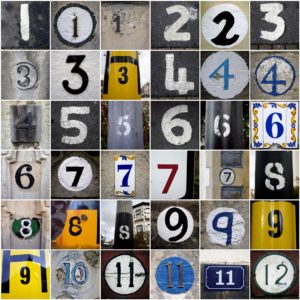 Use this month to assess, acquire, assemble, and prepare! Be sure to order nucs (nucleus colonies) or packages in time for spring installation. Resources are available for equipment and there is an opportunity to buy bees and support PSBA.
Use this month to assess, acquire, assemble, and prepare! Be sure to order nucs (nucleus colonies) or packages in time for spring installation. Resources are available for equipment and there is an opportunity to buy bees and support PSBA.
Be prepared to feed your bees to support them until nectar sources are more plentiful. A quick peek at the honey super can indicate whether there are still stores available to them or not. Feeding syrup this time of year in our region is not appropriate – night time temperatures in the 30s or 40s and warm daytime spikes will not heat the syrup enough. Dry sugar or fondant is appropriate at any temperature. You can find more details on Michael Bush’s WEB site (see Overwintering nucs – feeding dry sugar).
On the first 55 F+ afternoon, go through your hives briefly: clean hive bottom boards and clean out dead hives. Start feeding hives that will not otherwise make it to summer. If treating for mites in the spring, apply at the middle of March to allow enough time after removal for the required ‘medication free’ period before installing honey supers. Do not use Menthol or Formic Acid Gel packs in the spring; temperatures do not become consistently warm long enough in advance of the nectar flow to install and remove per the label recommendation. If you are considering treatment for the two nosemas, refer to Randy Olliver’s discussion.
Prepare and position bait hives for the swarm season by early April. Here are a few ideas of how to do this.
If keeping mason bees, mid-March is a good time to set tubes out in their outdoor location so that mason bees can emerge when the time is right.
Register your hives before April 1 – Be compliant with RCW 15.60
http://agr.wa.gov/Plantsinsects/apiary/docs/apiaryregistrationform.pdf
Nectar Sources: Crocus, Heather, Skunk Cabbage, Pussy Willow (pollen), Maple, Apricot, Alder (pollen late March)